Neuroscience

Neurotransmitter receptors function via various G-protein coupled and G-protein independent mechanisms that activate downstream intracellular signaling pathways such as cAMP/PKA, PI3K/AKT, phospholipase A2, and phospholipase C pathways. For instance, dopamine receptors act through adenylate cyclase to activate PKA and other signaling molecules, thereby mediate gene expression through the actions of CREB and other transcription factors. Other neurotransmitters such as NMDAR or AMPAR are associated with ion channels that control flux of Ca2+ and Na+, thus propagating the action potential across the post-synaptic neuron.
Dysfunctions in GABAergic/glutamatergic/serotonergic/dopaminergic pathways result in a broad range of neurological disorders such as chronic pain, neurodegenerative diseases, and insomnia, as well as mental disorders including schizophrenia, bipolar disorder, depression, and addiction.
-
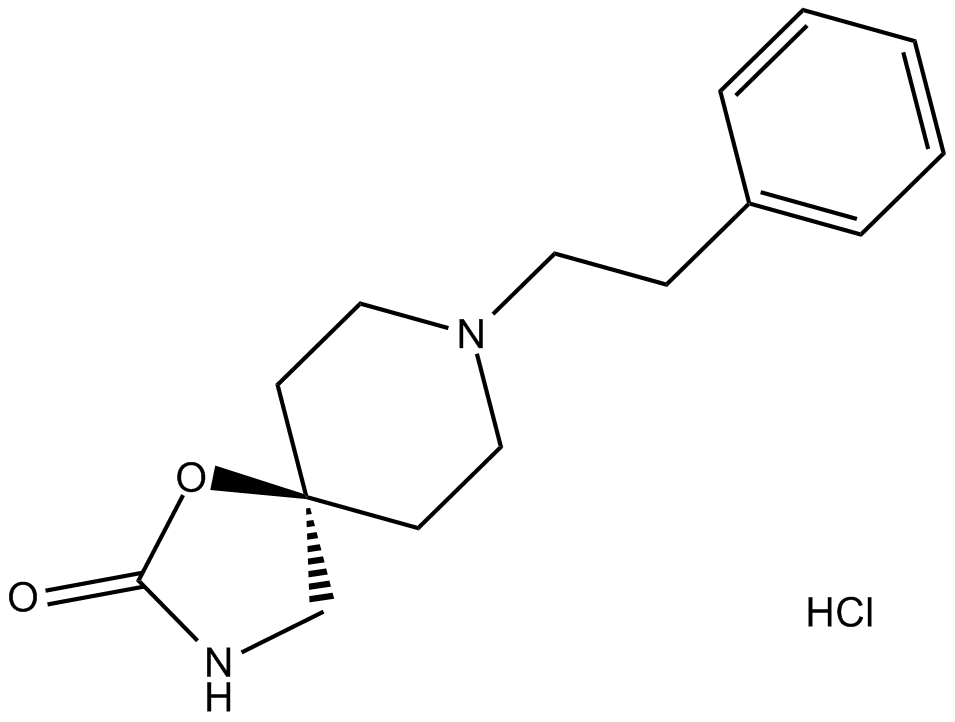 B1754 Fenspiride HClSummary: α adrenergic and H1 histamine receptor antagonist
B1754 Fenspiride HClSummary: α adrenergic and H1 histamine receptor antagonist -
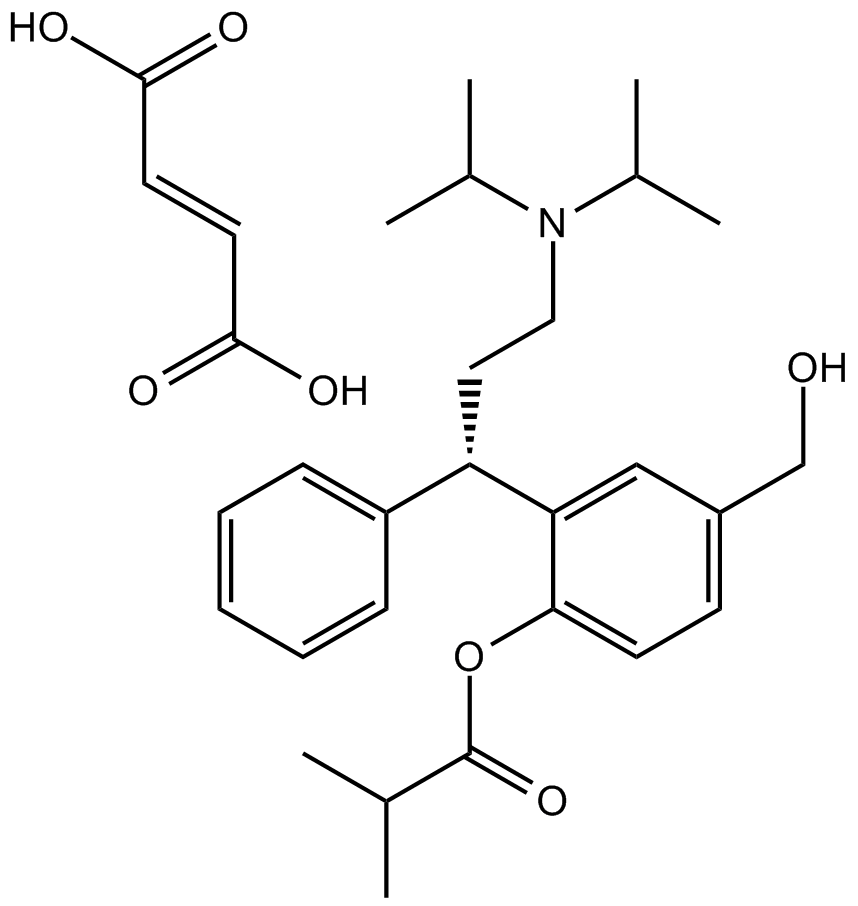 B1618 Fesoterodine FumarateSummary: Muscarinic AChR receptor antagonist
B1618 Fesoterodine FumarateSummary: Muscarinic AChR receptor antagonist -
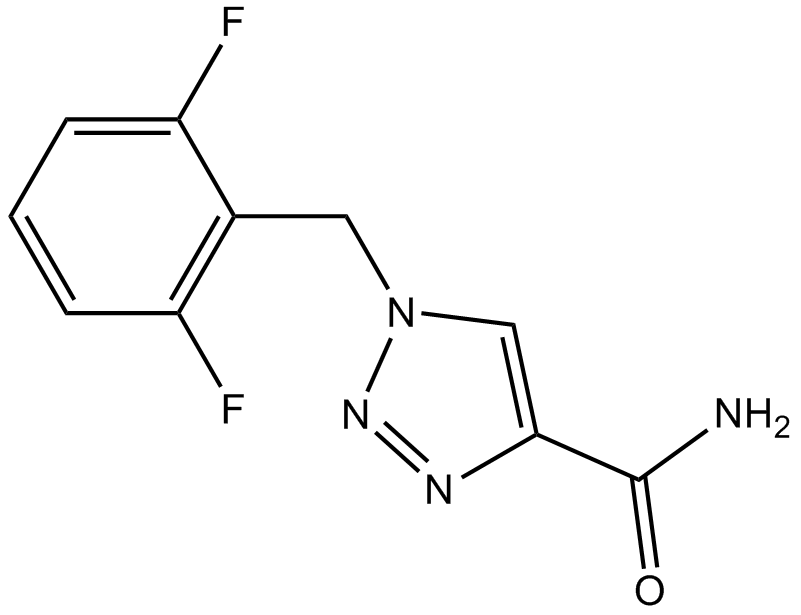 B2280 RufinamideSummary: voltage-gated sodium channel blocker
B2280 RufinamideSummary: voltage-gated sodium channel blocker -
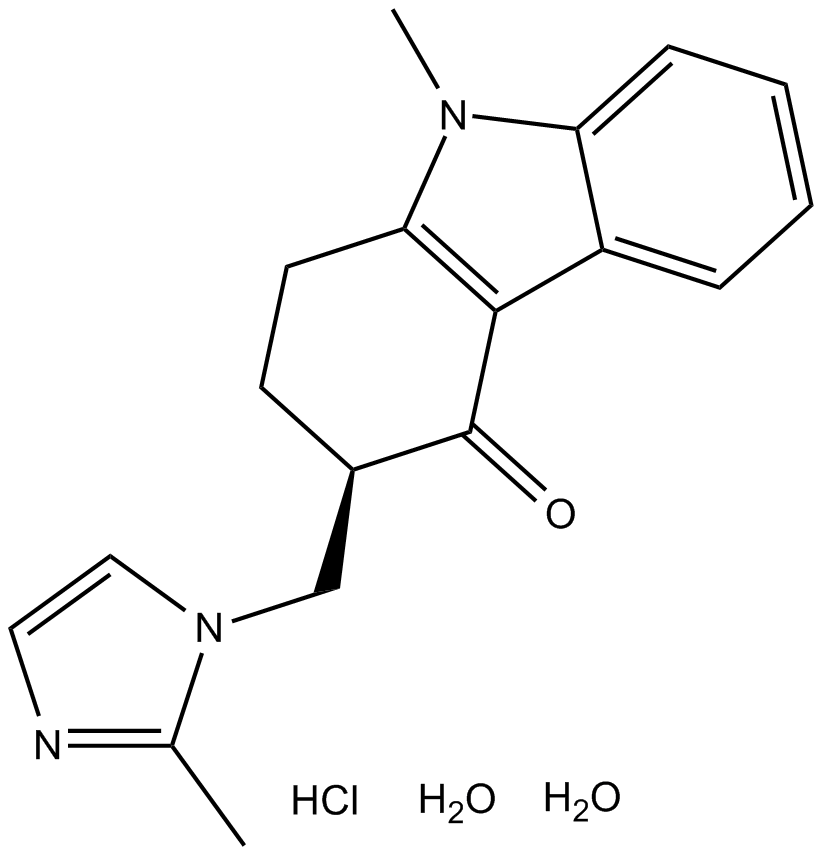 B1204 Ondansetron hydrochloride dihydrateSummary: 5-HT3 receptor antagonist
B1204 Ondansetron hydrochloride dihydrateSummary: 5-HT3 receptor antagonist -
 B2044 SulindacSummary: Anti-inflammatory agent;COX inhibitor
B2044 SulindacSummary: Anti-inflammatory agent;COX inhibitor -
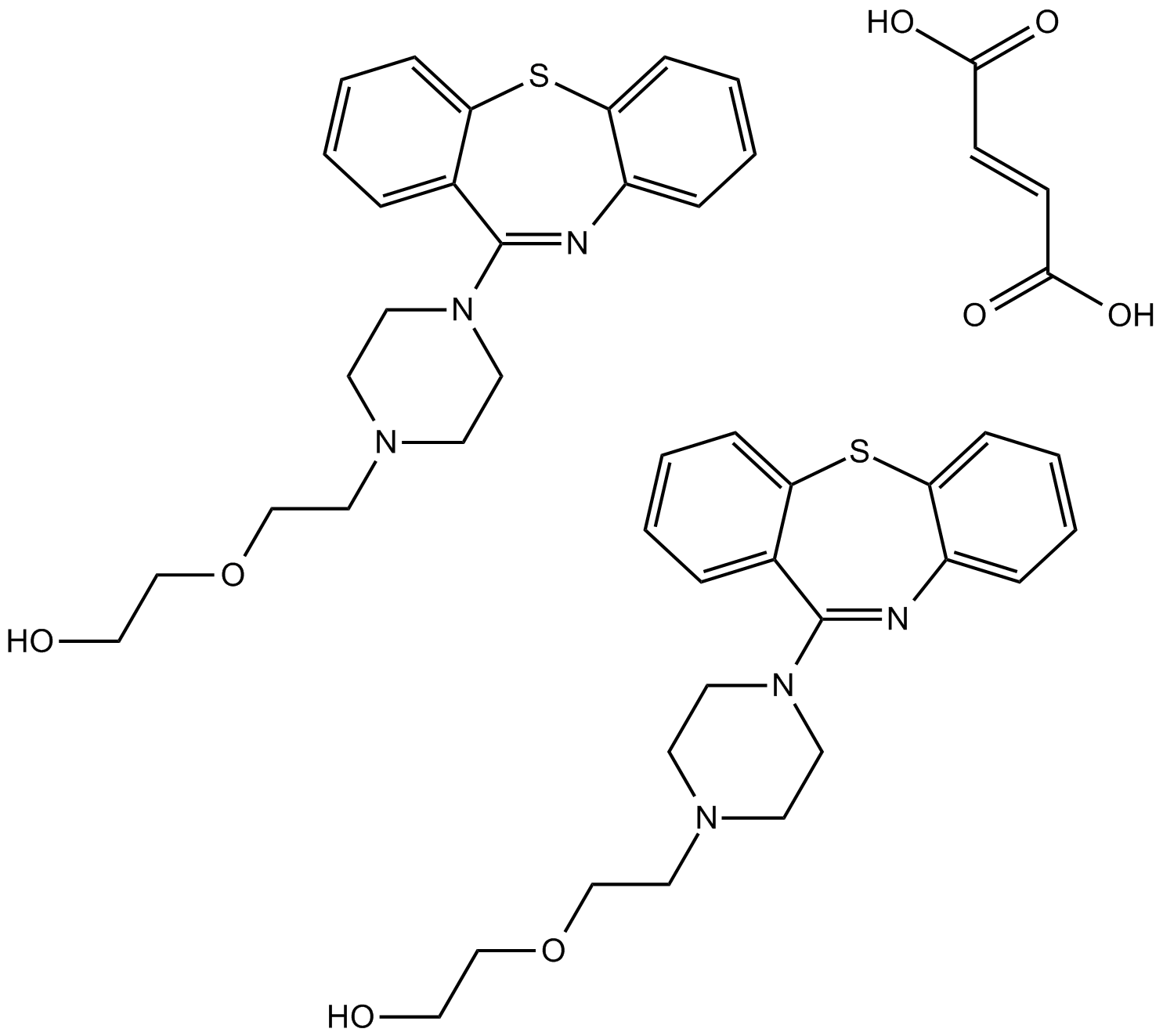 B1490 Quetiapine Fumarate1 CitationTarget: 5-HT2 Receptors|D1 and D5 Receptors|D2 Receptors|D3 Receptors|5-HT1 Receptors|5-HT7 ReceptorsSummary: Dopamine receptor antagonist
B1490 Quetiapine Fumarate1 CitationTarget: 5-HT2 Receptors|D1 and D5 Receptors|D2 Receptors|D3 Receptors|5-HT1 Receptors|5-HT7 ReceptorsSummary: Dopamine receptor antagonist -
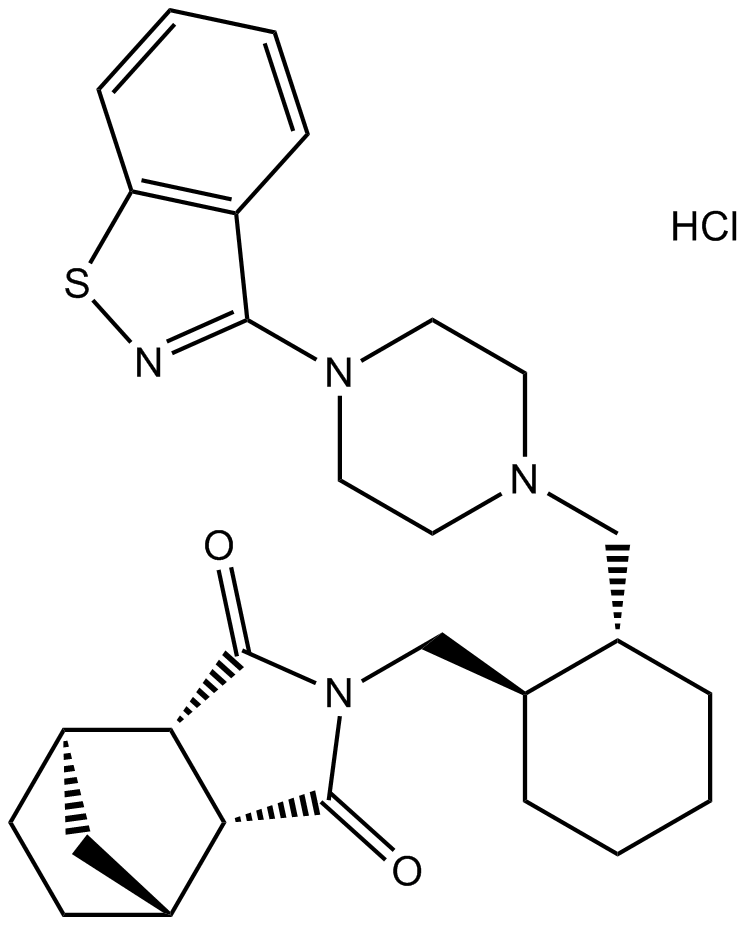 B1477 Lurasidone HClTarget: 5-HT2 Receptors|D2 Receptors|5-HT1 Receptors|5-HT7 ReceptorsSummary: Dopamine D2/5-HT2A/5-HT7/5-HT1A inhibitor
B1477 Lurasidone HClTarget: 5-HT2 Receptors|D2 Receptors|5-HT1 Receptors|5-HT7 ReceptorsSummary: Dopamine D2/5-HT2A/5-HT7/5-HT1A inhibitor -
 B2258 Tropisetron HydrochlorideTarget: 5-HT3 ReceptorsSummary: 5-HT3 receptor antagonist
B2258 Tropisetron HydrochlorideTarget: 5-HT3 ReceptorsSummary: 5-HT3 receptor antagonist -
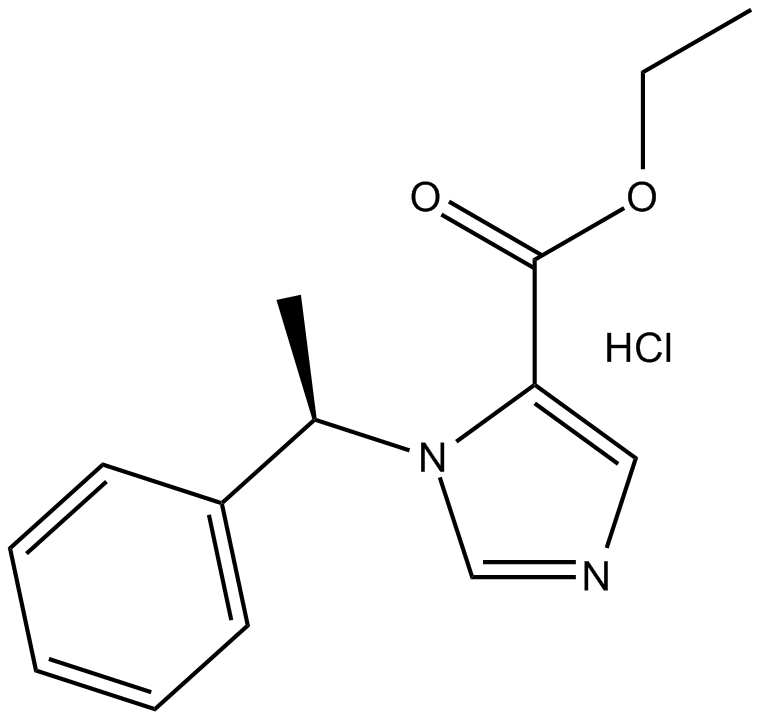 B1246 Etomidate hydrochlorideSummary: GABAA receptors agonist
B1246 Etomidate hydrochlorideSummary: GABAA receptors agonist -
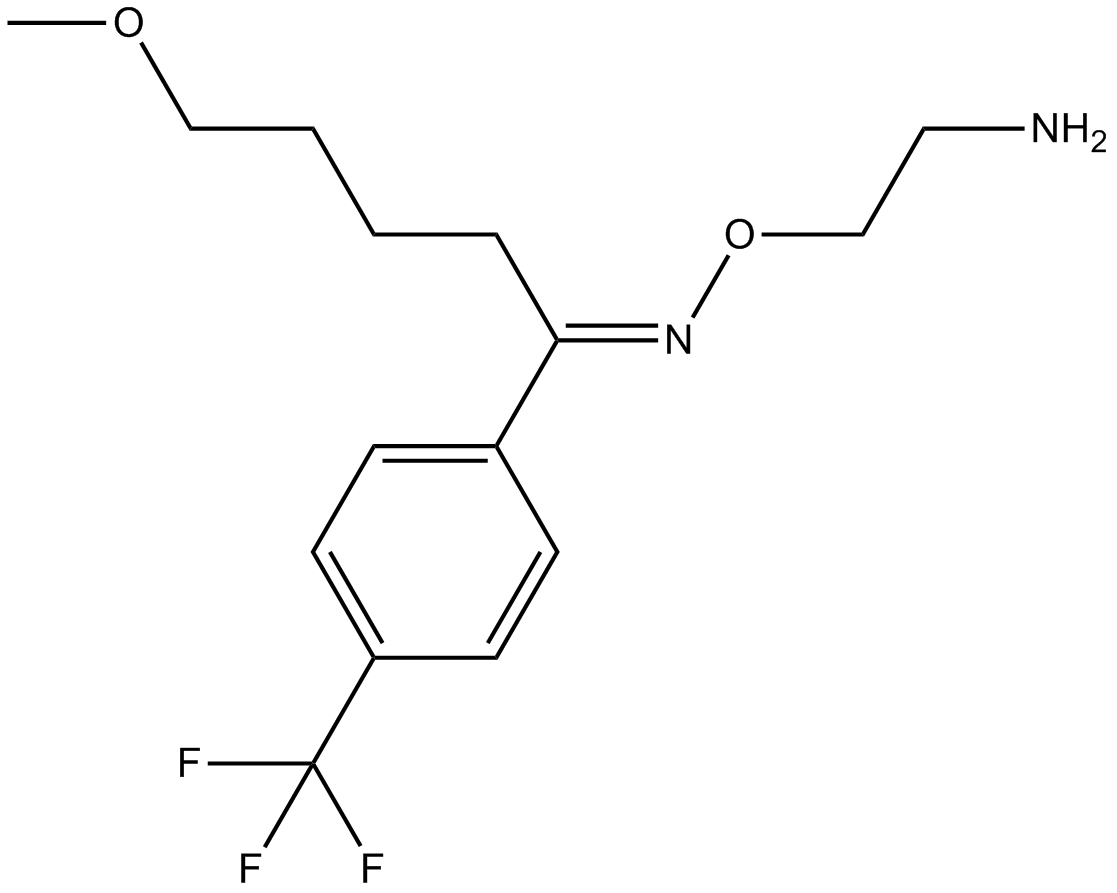 B1205 FluvoxamineTarget: Serotonin reuptakeSummary: Selective serotonin reuptake inhibitor
B1205 FluvoxamineTarget: Serotonin reuptakeSummary: Selective serotonin reuptake inhibitor

